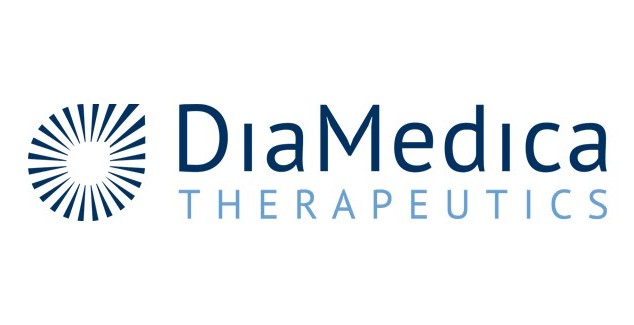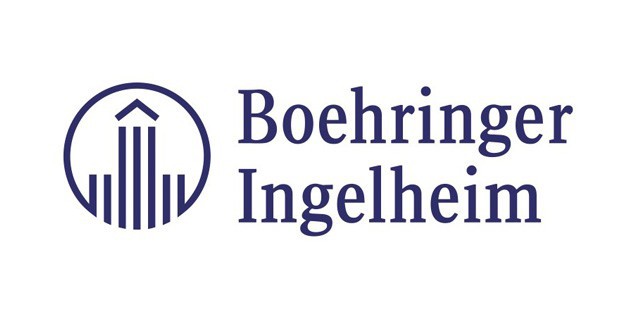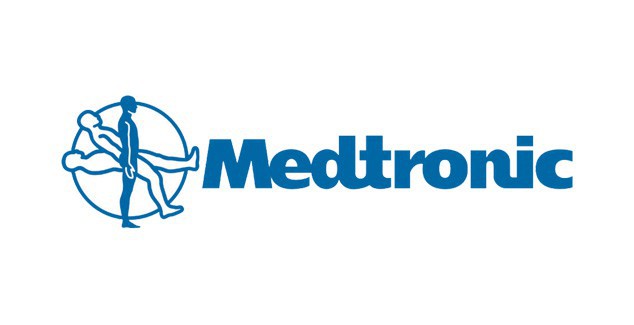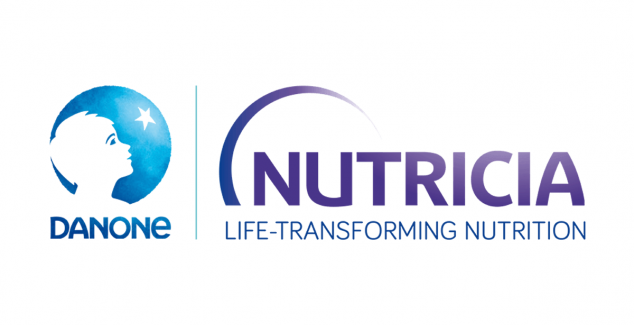In a joint statement published today in The Lancet, leaders of the World Heart Federation and World Stroke Organization have issued a call to governments to deliver radical shifts in public health policy in order to deliver progress on CVD and stroke prevention. Cardiovascular diseases and stroke are the number one cause of death globally with an anticipated global cost of US$1,044 billion by 2030.
Pointing to a lack of global progress, the two leading NGOs, have called on governments to move away from the widely adopted approach of individual clinical risk factor screening towards investment in primary prevention at population level. This would see governments for example prioritising alcohol and tobacco control measures, reducing consumption of salt and trans fats from processed food and addressing sedentary lifestyles.
‘Current approaches to prevention have failed to deliver any significant impact on CVD and stroke prevention’, said WSO President, Prof Michael Brainin. ‘The adult lifetime risk of stroke is now 1 in 4, compared to 1 in 6 less than a decade ago. Global progress on prevention has stalled, at an enormous cost to individuals and an increasing cost to society. The failure has been made even more visible by the current global health and economic crisis, where poor population health and fragile healthcare systems have combined with COVID-19 infection to deliver a perfect storm. As we navigate and emerge from the current global crisis, we strongly encourage governments to prioritise population-based strategies that will improve health, build more resilient societies and aid the global economic recovery.’
‘If we want to reduce premature mortality from non-communicable diseases by one third by 2030, we must refocus our approach to CVD and stroke prevention’ said WHF President Prof Karen Sliwa. ‘Current clinical practice strategies often fail to support people with low and moderate CVD risk and dissuade them from making healthier life choices. Now more than ever, we must ensure that approaches to prevent CVD are not only cost-effective and evidence-based, but that they also address inequalities in treatment and care.’
Prof Valery Feigin, a public health researcher based at New Zealand’s AUT, who serves on the WSO Executive Committee added, ‘When 80% of strokes happen to people who are not categorized as high-risk, we clearly need to rethink our approach. There is scant, robust scientific evidence that national screening programs offer value for money in terms of reducing the burden of disease. There is evidence however that identifying people and labelling them as low-risk gives them false reassurance and reduces their motivation to take action on smoking, physical inactivity, diet, and alcohol. By placing all our bets on identifying and treating diseases of the circulatory system, we are missing the opportunity to intervene on their shared causes much earlier in the prevention timeline where the costs are lowest. The benefit-cost ratio is 10.9 for every dollar spent on population-wide primary prevention. While there is a place for screening and management of clinical risk factors, our strong recommendation is that it should be complementary to population-based strategies, not the other way around.’
Both WHF and WSO are delivering campaigns focused on increasing public awareness of CVD and stroke and the prevention steps that individuals and healthcare systems can take.

 Member login
Member login












